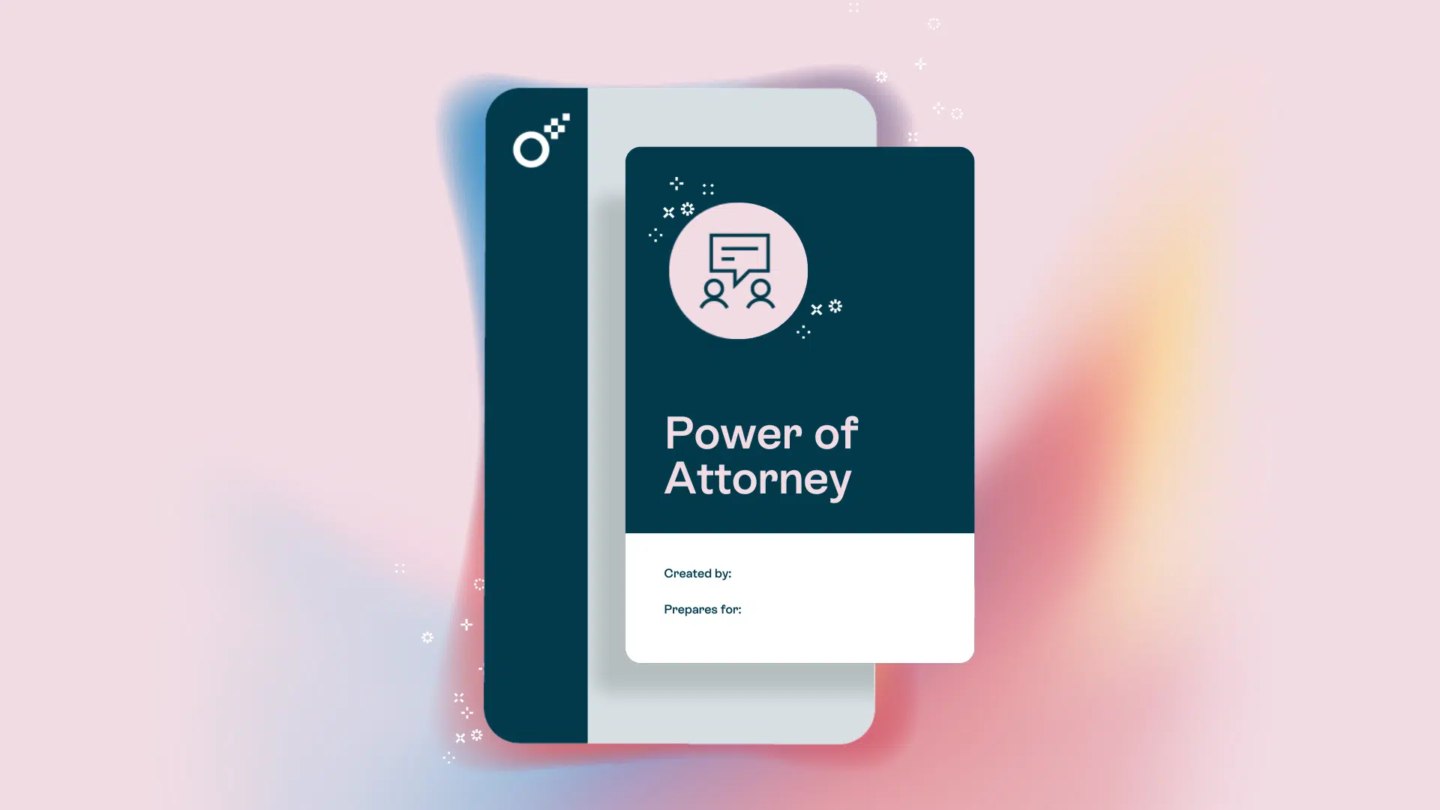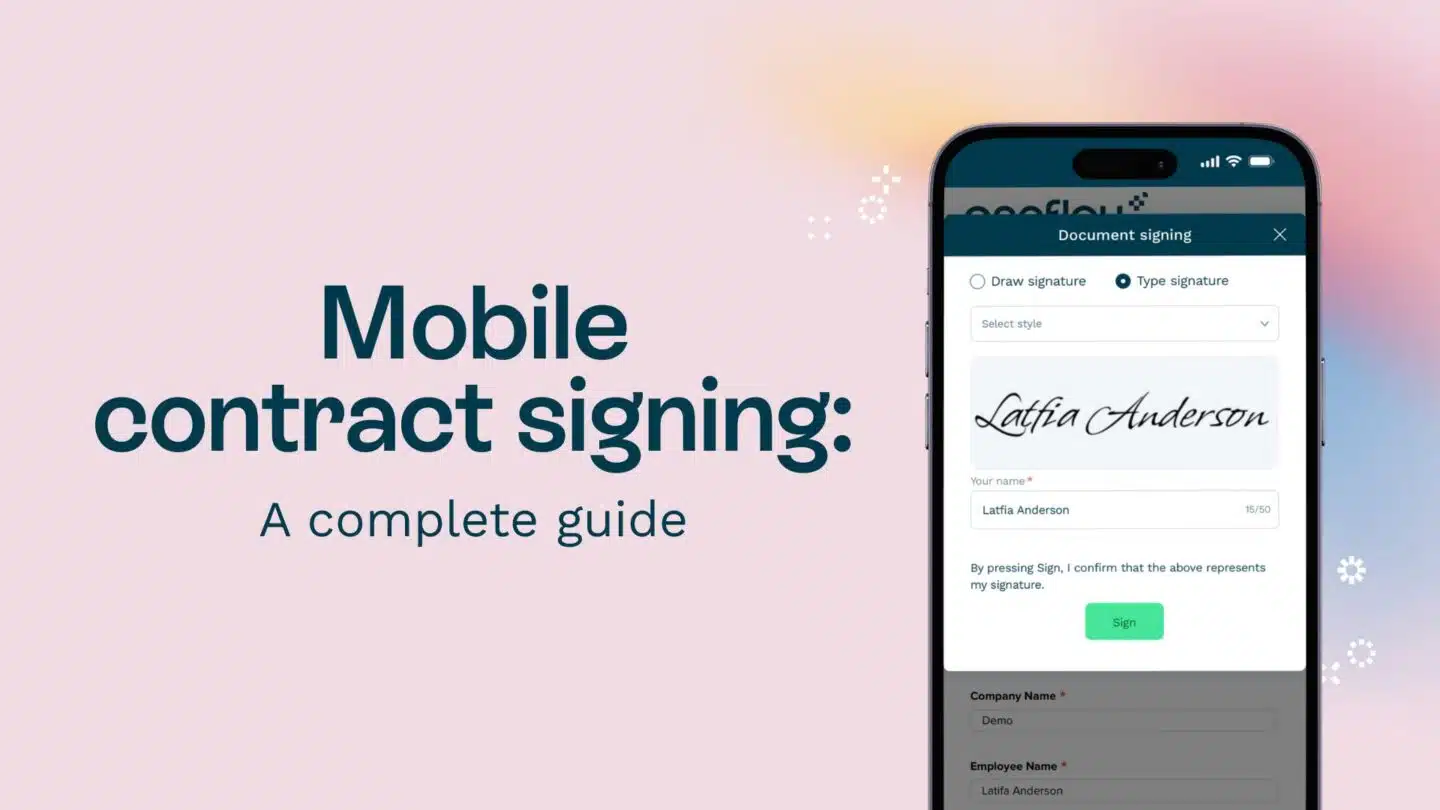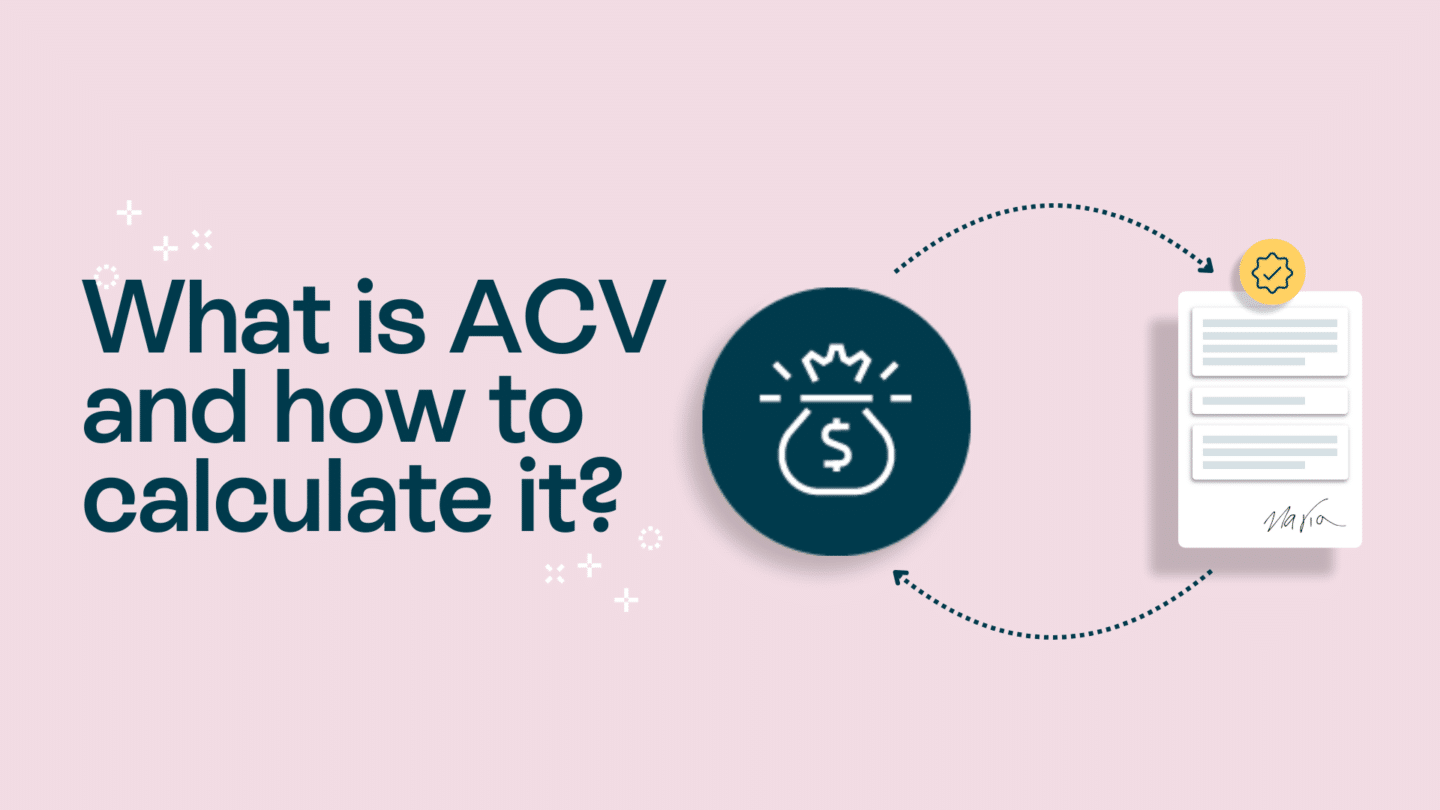What do the fastest-growing B2B SaaS companies have in common? A simple and effective sales pitch. It isn’t more complicated than that. What’s more difficult is to create that sales pitch. But don’t worry. We’ll let you in on the secret of how to build a Unicorn.
Rabbits, unicorns, and B2B sales. Nothing weird about that combination. The Unicorn Sales Pitch was the theme when we kicked off the first meetup in our Down The Rabbit Hole event series at Oneflow HQ. A little over 100 curious sales professionals on the Stockholm B2B scene had signed up to learn the secret from Per Lange, keynote speaker and founder of Baaboom, on how to build a Unicorn.
What is the Unicorn Sales Pitch?
The Unicorn Sales Pitch isn’t based on just anything. It’s the result of four years of research. Per and his team have interviewed 1,500 decision makers that have purchased B2B SaaS solutions and studied 30 of the fastest growing B2B companies to find out what kick-started their explosive growth.





Discover your sales assassin alias
And get the tech stack that will support your killer vibe.
Fast-growing companies vs. the rest
So what separates the fastest growing B2B SaaS companies from the slower growing ones? Their sales pitch. According to Per, the golden formula is:
The number of target group decision-makers that your sales pitch reaches per day X The effectiveness of your sales pitch = The number of opportunities in your pipeline
What should it contain?
The most successful companies have iterated their sales pitch to perfection. And this is what it comes down to. To build a Unicorn, you need a sales pitch that quickly convinces most decision makers in a large target group that:
- Your service addresses something that’s on their top-priority list
- Your service solves this top priority in an easy and effective way

Learning how to build a Unicorn from the best
Let’s take Deel as an example. They’re the fastest growing B2B SaaS company in the world right now, with a $12B valuation in 4 years. Their payroll solution removes a lot of pain for companies hiring international contractors by taking care of local laws, tax systems, and personal information.
But how did Deel become so successful, so fast? The answer is their sales pitch.
Deel identified the common top priority of their target group:
It is difficult to administer employees abroad. E.g., it is complicated to start a company abroad, ensure that the employment agreements comply with local laws, and handle payroll payments with employer taxes.
From that, they carved out their solution model:
We help you hire anyone, anywhere, compliantly within minutes.
- You hire the people you want to our local company — but they work for you, just as if they were your employees.
- Through an easy-to-use SaaS service, you can have employment contracts signed and salaries paid with just a few clicks.
- We have 300 experts who ensure that everything is compliant with local laws.

This is how you build a Unicorn
Copy and paste this workflow. And eventually, you’ll see another unicorn spring to life.
1. Find the top priority
You need to find the pain point of your target group. What is their most pressing issue that creates friction in their business? Start by creating a top-priority hypothesis list.
2. Try it on potential customers
The next step is to try your hypotheses on your target group. This part consists of two phases. First, you reach out to decision-makers and ask them the magic question:
On a scale of 1–5, how high on your priority list would it be to buy a tool that addresses the following problems or opportunities?
When 15 decision-makers have identified the same thing as a 5, you’ve found your problem.
In phase two, it’s time to create a demo and sales pitch that shows how you solve their top priority. Iterate your pitch until it closes 15 deals quickly. Ask your prospects the following questions:
- How likely would this tool *solve the top priority*? (1–5)
- How high of a priority would it be for you to buy a tool with the functionality we just demoed? (1–5)
- Which are your top questions, concerns, or objections now?
Common mistakes
DON’T ask how important something is. Decision-makers may say it’s very important but already have a solution they’re satisfied with. It will be challenging to sell a new solution to them.
DON’T ask if something’s a priority. Decision-makers may say it’s a priority, but it may not be at the very top of their priority list. It will take long before the decision maker has time to buy your solution.
3. Roll out the new sales message
When you’ve found the root problem and the sales pitch that quickly seals the deal, it’s time to roll out your new message. Produce sales materials, train your salespeople, and re-design your website. And watch your Unicorn come to life!
Read more: Sell the smart way: with digital contracts

How to build a unicorn? Don’t do this
Mistakes can be valuable learnings. But we’ll give you the chance to stay clear of the most common ones.
Common mistake #1: Prioritizing to hire sales and marketing people
Many companies have built excellent sales and marketing teams but have failed to become Unicorns.
Of course, it’s much easier to find sales and marketing people that will succeed if the sales pitch is easy and convincing. And top sales and marketing talent will line up to join when you have good growth.
Common mistake #2: Prioritizing to build the product
It’s easier to create a product that people love when you know exactly which top priority you should focus on. Do your homework, and there will be no need to guess what you should prioritize in the product roadmap.
To sum it up
Your sales pitch decides if your business will turn into a Unicorn or not. Remember:
- Keep it simple
- Address only the top priority
- Show how your solution easily solves the problem
- Cut the fluff
Good luck building a Unicorn!






